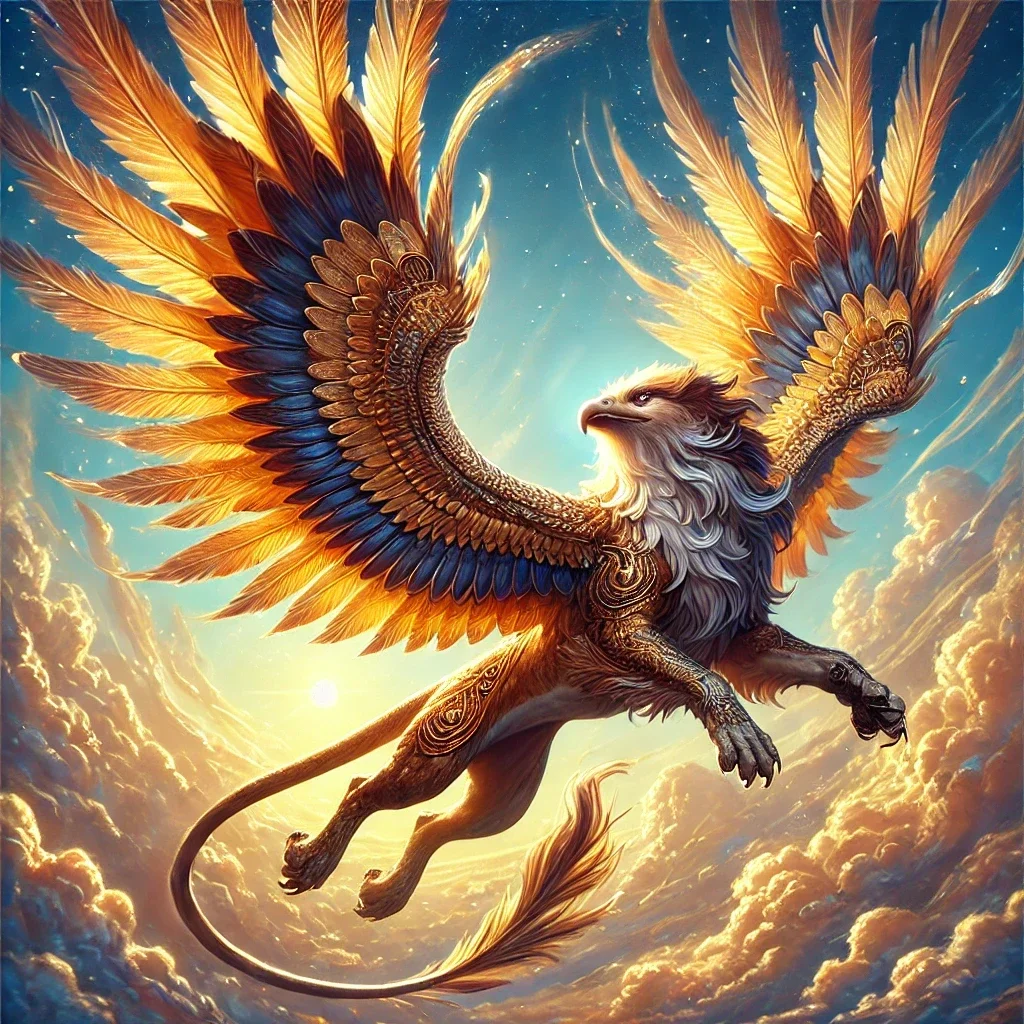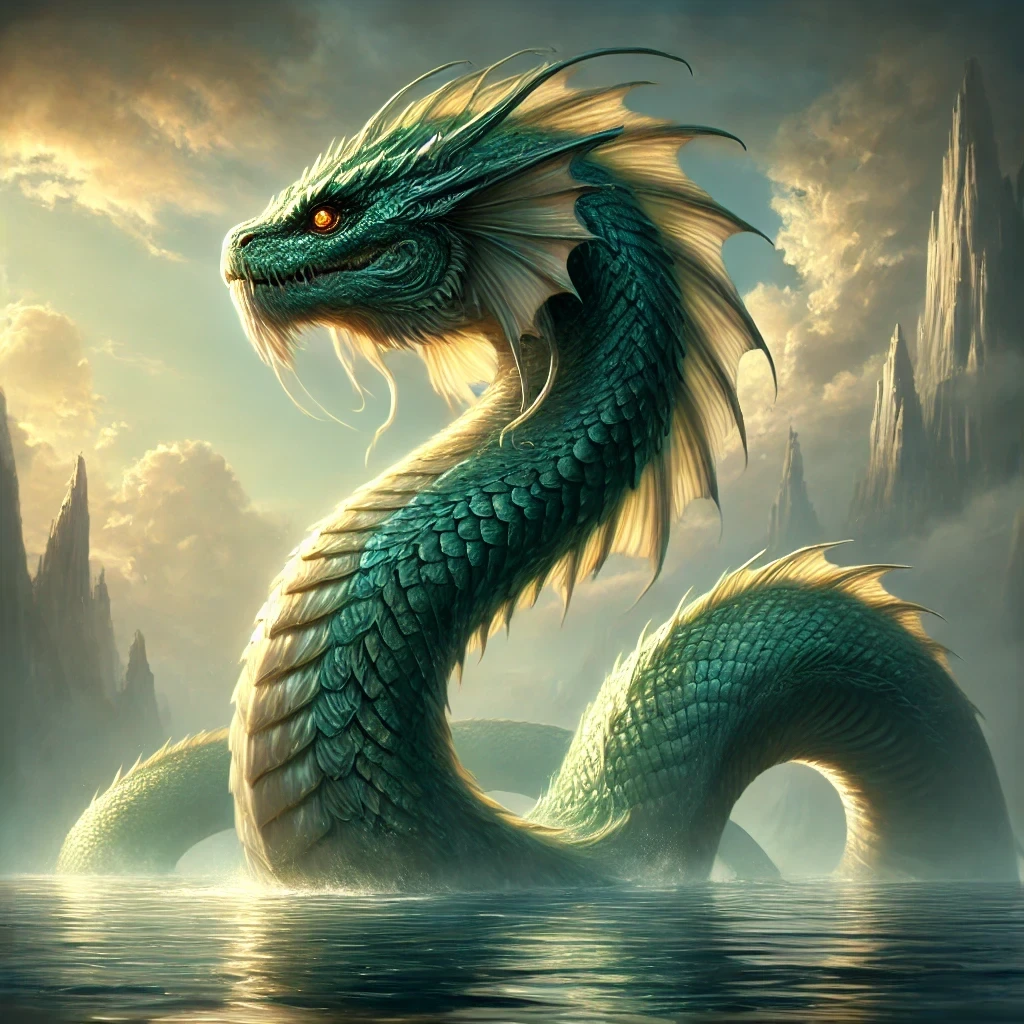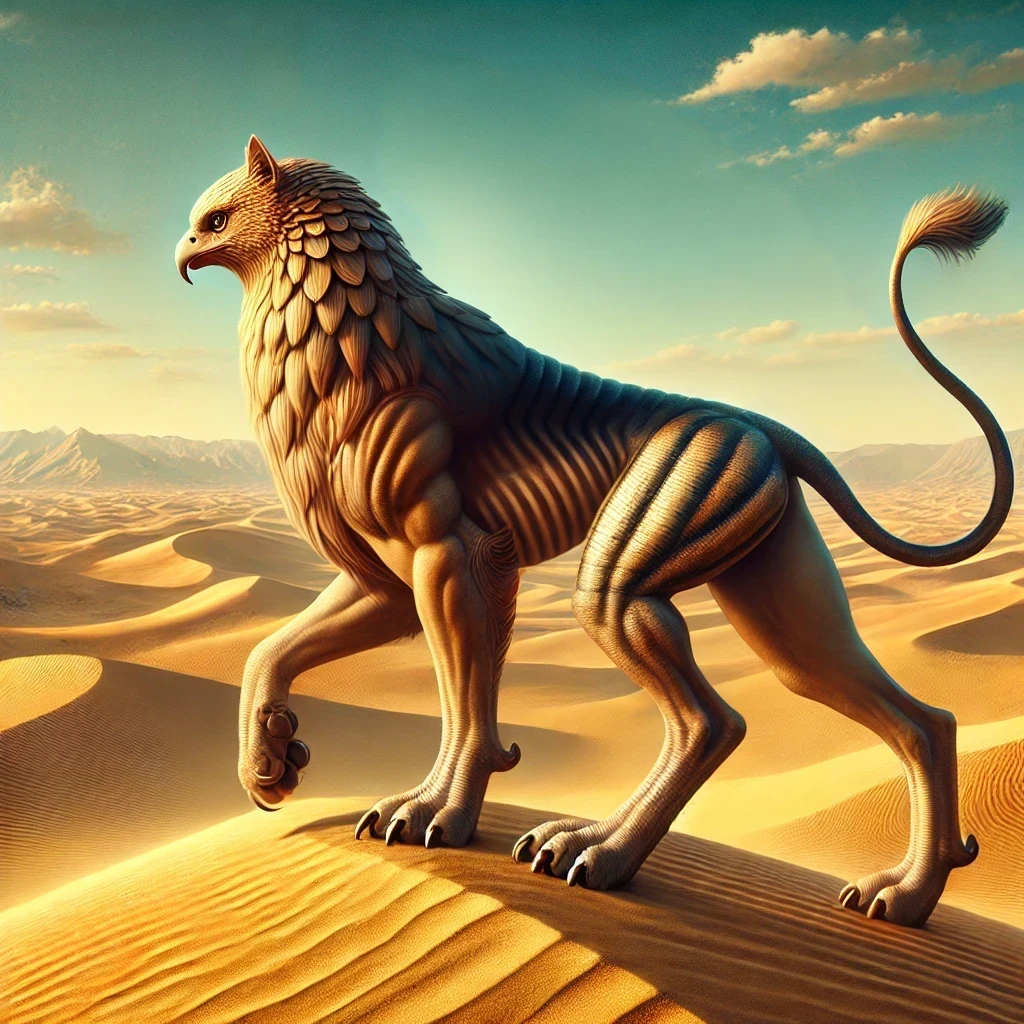The griffin, a majestic creature with the body of a lion and the head and wings of an eagle, has long been a symbol of strength, courage, and guardianship. As a mythological hybrid, it bridges the realms of the terrestrial and the celestial, often embodying the virtues of both animals it represents. This legendary creature holds a prominent place in ancient Egyptian culture and has left an indelible mark on mythology worldwide.
Historical & Cultural Background
The origins of the griffin can be traced back to ancient Egypt, where it appeared in art and religious iconography as a powerful guardian figure. Depictions of creatures resembling griffins date as far back as 3,000 BCE, often found in temples and royal tombs. The lion’s body symbolized earthly power and kingship, while the eagle’s wings represented divine authority and vision.
Evolution Across Cultures
- Egyptian Influence: In Egypt, the griffin was associated with protection and the afterlife, often guarding sacred sites and treasures.
- Greek Mythology: The Greeks adopted the griffin as a guardian of gold deposits and divine artifacts. It was also linked to the god Apollo.
- Medieval Europe: By the Middle Ages, the griffin became a heraldic symbol of valor and vigilance, frequently appearing on coats of arms.
Myths & Legends
The griffin features prominently in various myths and legends, often depicted as a vigilant protector of treasures.
Core Stories
- The Guardians of Gold: According to Greek legend, griffins guarded gold mines in Scythia, fending off treasure seekers and adventurers.
- Horus Connection: In Egyptian mythology, the griffin was linked to Horus, the falcon-headed god, symbolizing divine protection.
- Medieval Tales: In European folklore, griffins were said to pull chariots of gods and kings, symbolizing their power and majesty.
Symbolism & Meaning
The griffin’s hybrid nature makes it a powerful symbol across cultures, embodying both physical strength and spiritual insight.
Cultural Interpretations
- Protector of the Divine: In Egypt, griffins guarded the sacred, serving as intermediaries between the mortal and divine realms.
- Symbol of Strength and Vigilance: In medieval Europe, the griffin’s fierce nature made it a symbol of courage and vigilance.
- Spiritual Guardianship: The griffin’s presence in tomb art suggests a role as a guide for souls to the afterlife.
Appearance and Symbolism
The lion’s body symbolizes bravery and dominance, while the eagle’s wings signify freedom and higher vision. Together, they form a creature that commands respect and awe.
Associated Environments or Ecosystems
Griffins are often depicted inhabiting rugged, remote landscapes, symbolizing their aloofness and connection to the divine.
Habitats
- Mountains: Legends place griffins in mountainous regions, guarding treasures in caves.
- Deserts: In Egyptian tales, griffins roamed the deserts, watching over sacred sites.
- Forests: Some European stories describe griffins dwelling in dense forests, protecting magical creatures.
Powers & Abilities
The griffin is endowed with formidable abilities that make it both a fearsome adversary and a revered guardian.
Supernatural Traits
- Strength: With the body of a lion, griffins possess immense physical power.
- Flight: The eagle’s wings enable swift and majestic flight, often associated with divine messengers.
- Keen Vision: Griffins are believed to have extraordinary eyesight, symbolic of insight and vigilance.
Interactions with Humans & Cultural Impact
Griffins have appeared in human history as symbols of power, guardianship, and spiritual connection.
Religious and Spiritual Roles
- Ancient Rituals: In Egypt, griffins featured in temple art, symbolizing protection and divine favor.
- Heraldic Emblems: European knights adopted the griffin as a symbol of bravery and loyalty.
- Modern Pop Culture: Griffins appear in films, games, and literature, often as guardians or noble allies.
Modern Depictions
From Harry Potter to Dungeons & Dragons, the griffin continues to captivate imaginations, blending its ancient symbolism with modern storytelling.
Connections to Other Creatures
The griffin shares similarities with other mythical creatures, often forming alliances or rivalries in folklore.
Related Beings
- Sphinx: Another Egyptian hybrid, the sphinx shares the griffin’s protective nature but has a more enigmatic role.
- Phoenix: Both creatures symbolize immortality and divine power, often appearing in the same myths.
- Dragons: Griffins and dragons are often depicted as rivals, competing for treasures.
Interesting Facts & Curiosities
- Griffins were once thought to be real, with ancient explorers mistaking dinosaur fossils for griffin remains.
- The word “griffin” comes from the Greek “gryps,” meaning curved or hooked, referring to its beak.
- In Persian art, griffins symbolize protection and wisdom.
- Medieval bestiaries often included griffins as examples of divine guardianship.
- Some legends claim griffins mate for life, symbolizing fidelity.
- The griffin’s feathers were believed to have healing properties.
- In heraldry, the griffin combines the strength of the lion and the courage of the eagle.
- Ancient gold miners in Central Asia likely inspired the griffin’s association with treasure.
- Griffins are still popular mascots for universities and sports teams.



